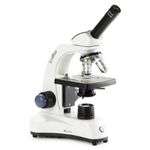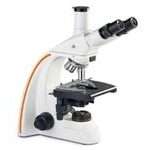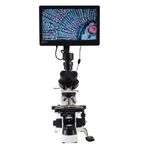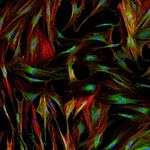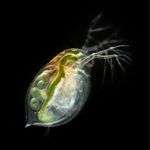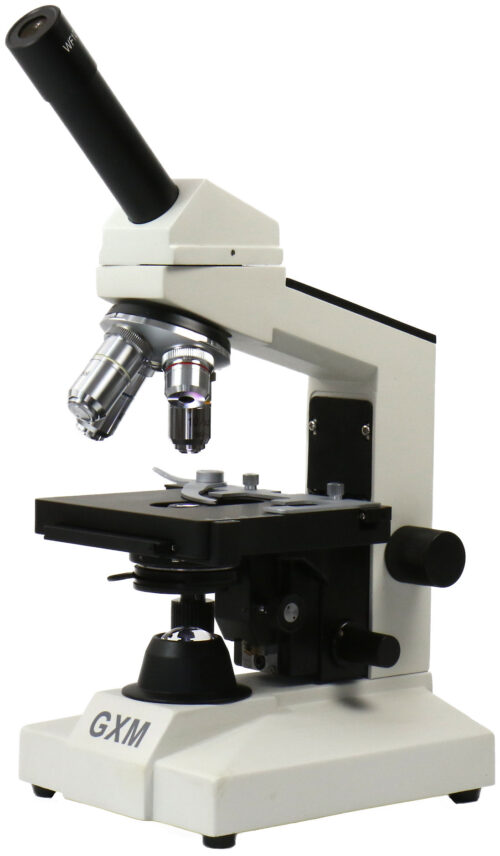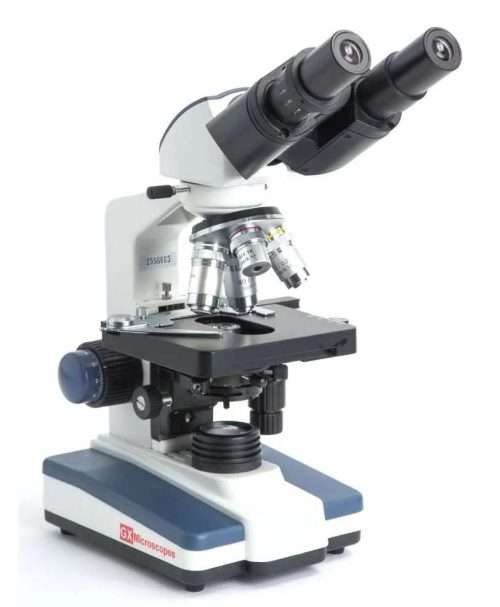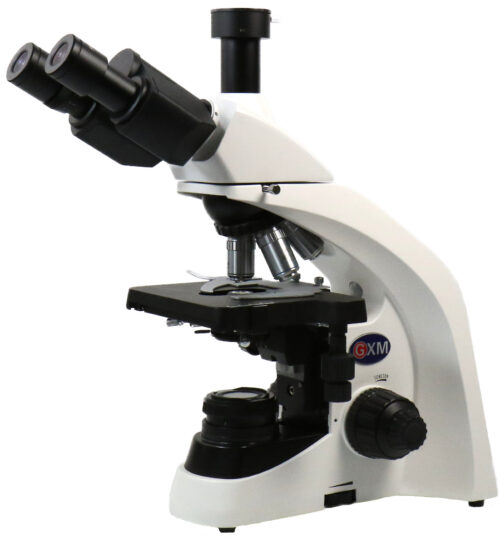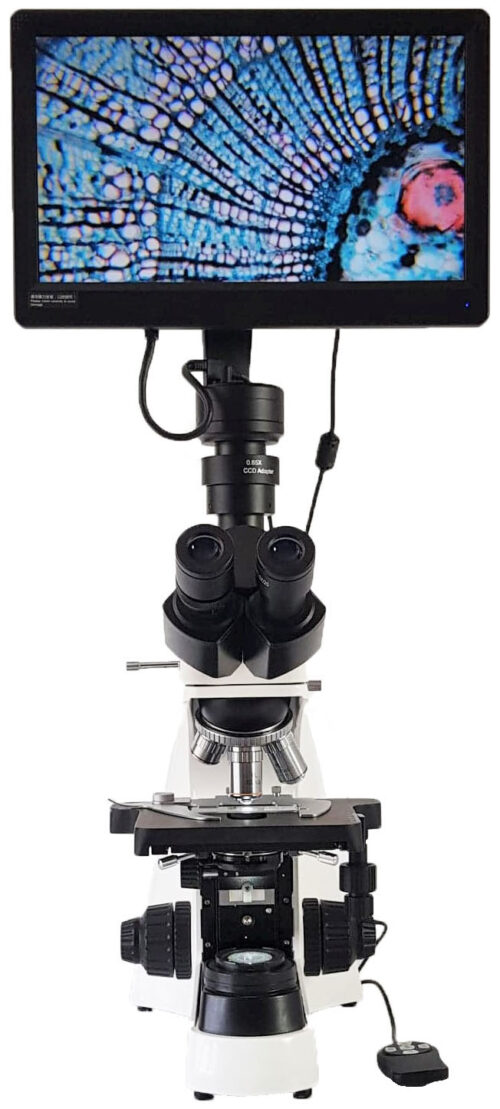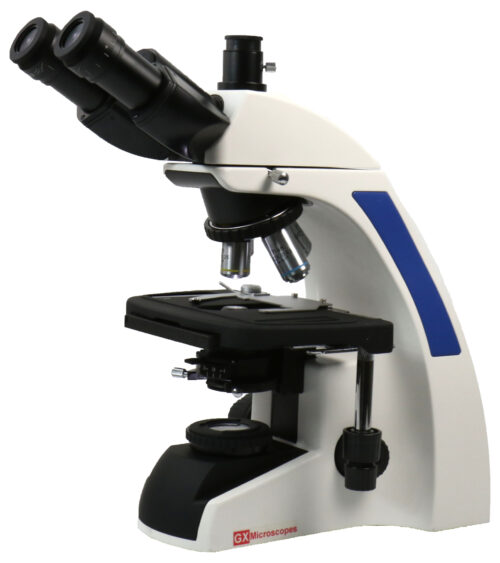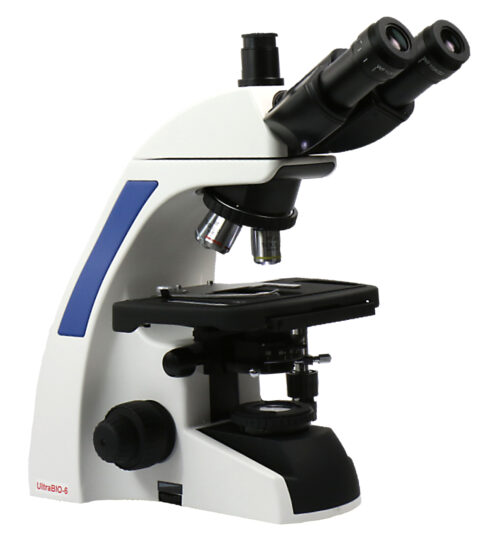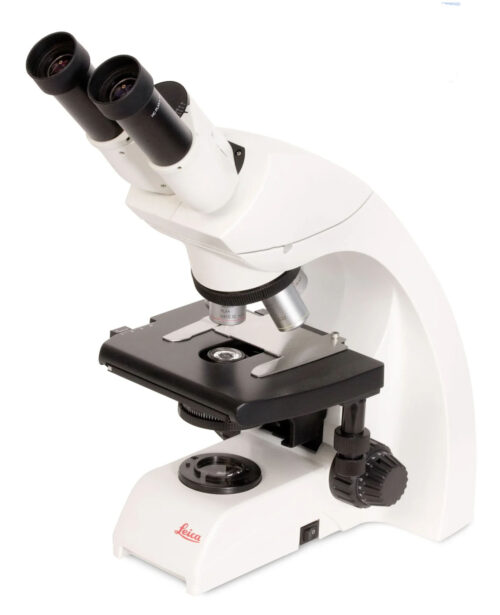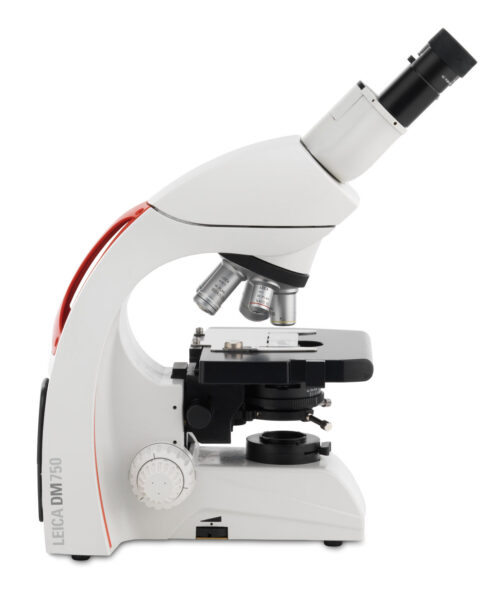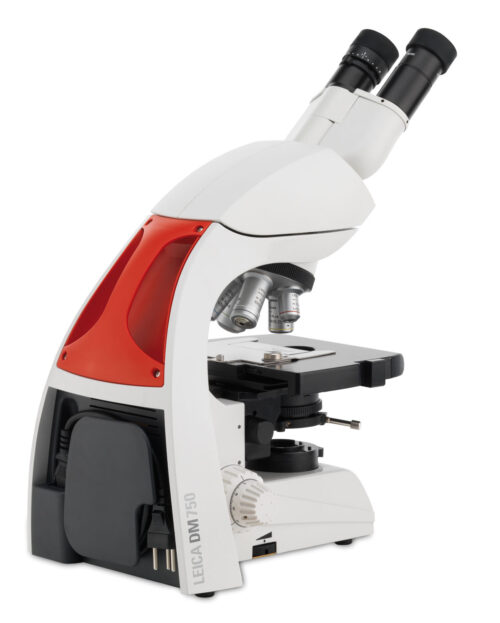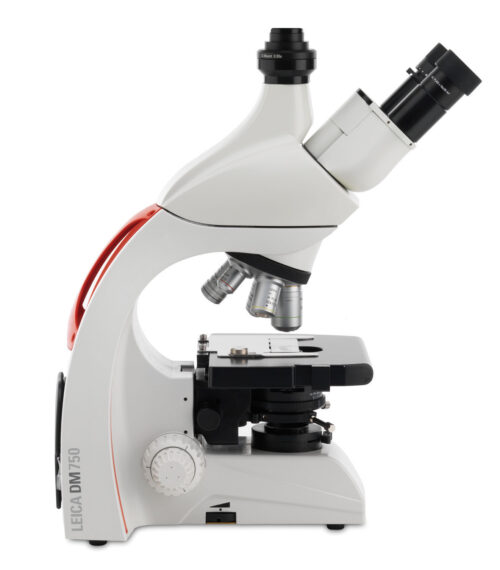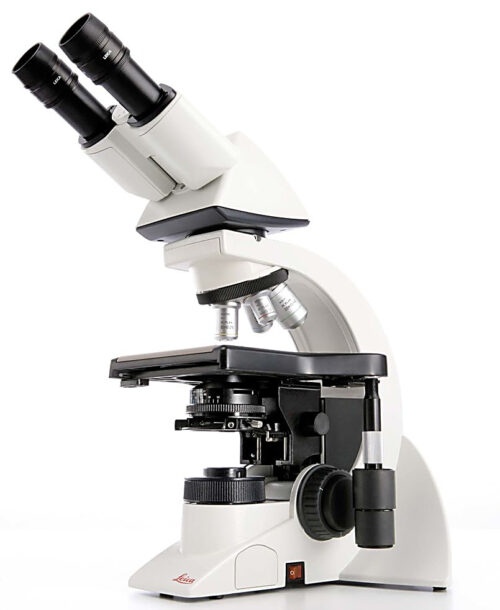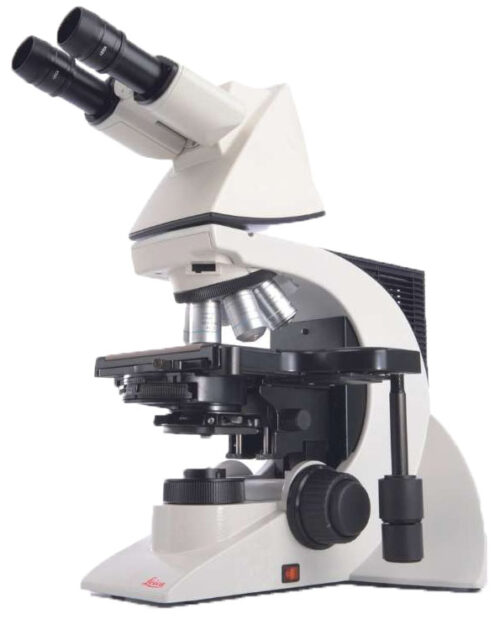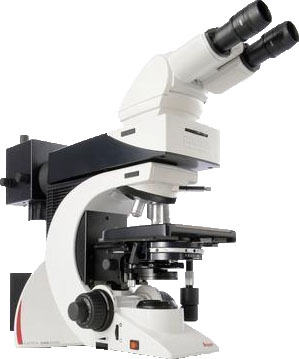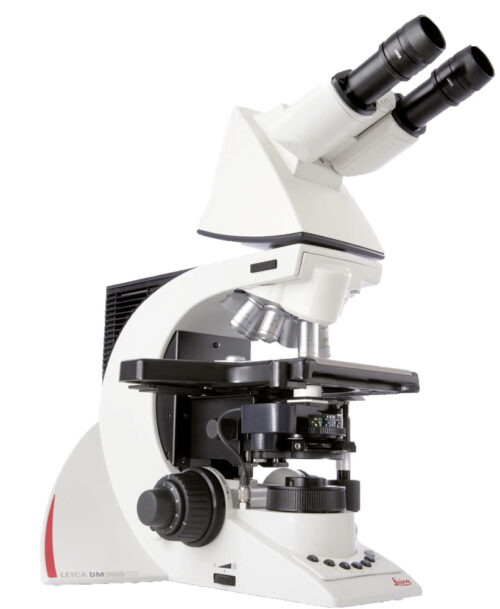|
ultraBIO-6
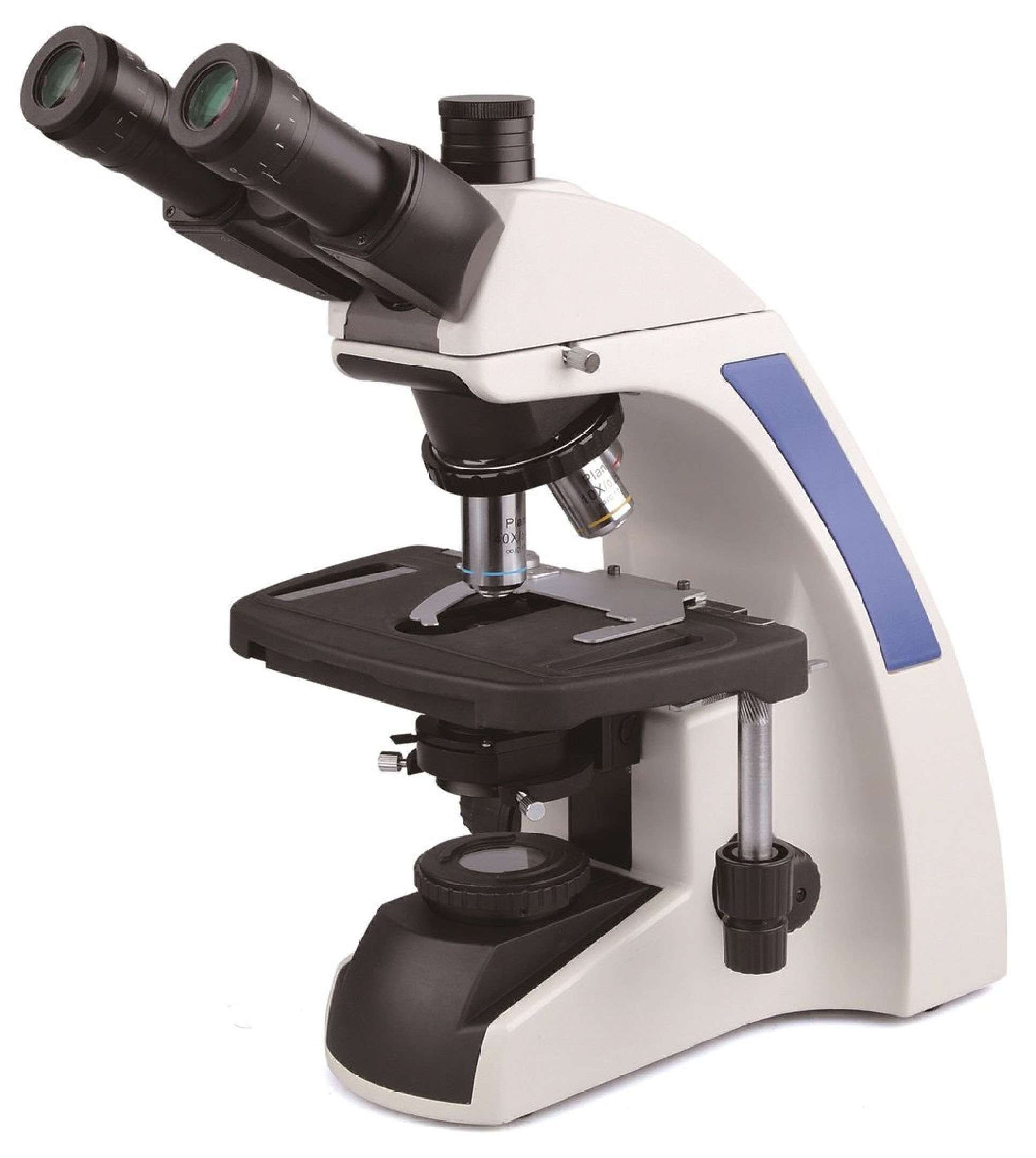
|
A QUALITY RESEARCH GRADE TRINOCULAR MICROSCOPE
Infinity, Plan Achromatic Objectives
4X, 10X, 40X, 100X oil
Optional 2.5X, 20X, 60X
Super Widefield Eyepieces FN22
Phase Contrast & Darkfield Options |
Research Stand
Quadruple Nosepiece
Trinocular Head
Carry Handle
Enclosed Mechanical Safety Stage
Coaxial Coarse/ Fine Focus Knobs |
LED
Köhler |
Advanced University Teaching |
|
ultraBIO-5
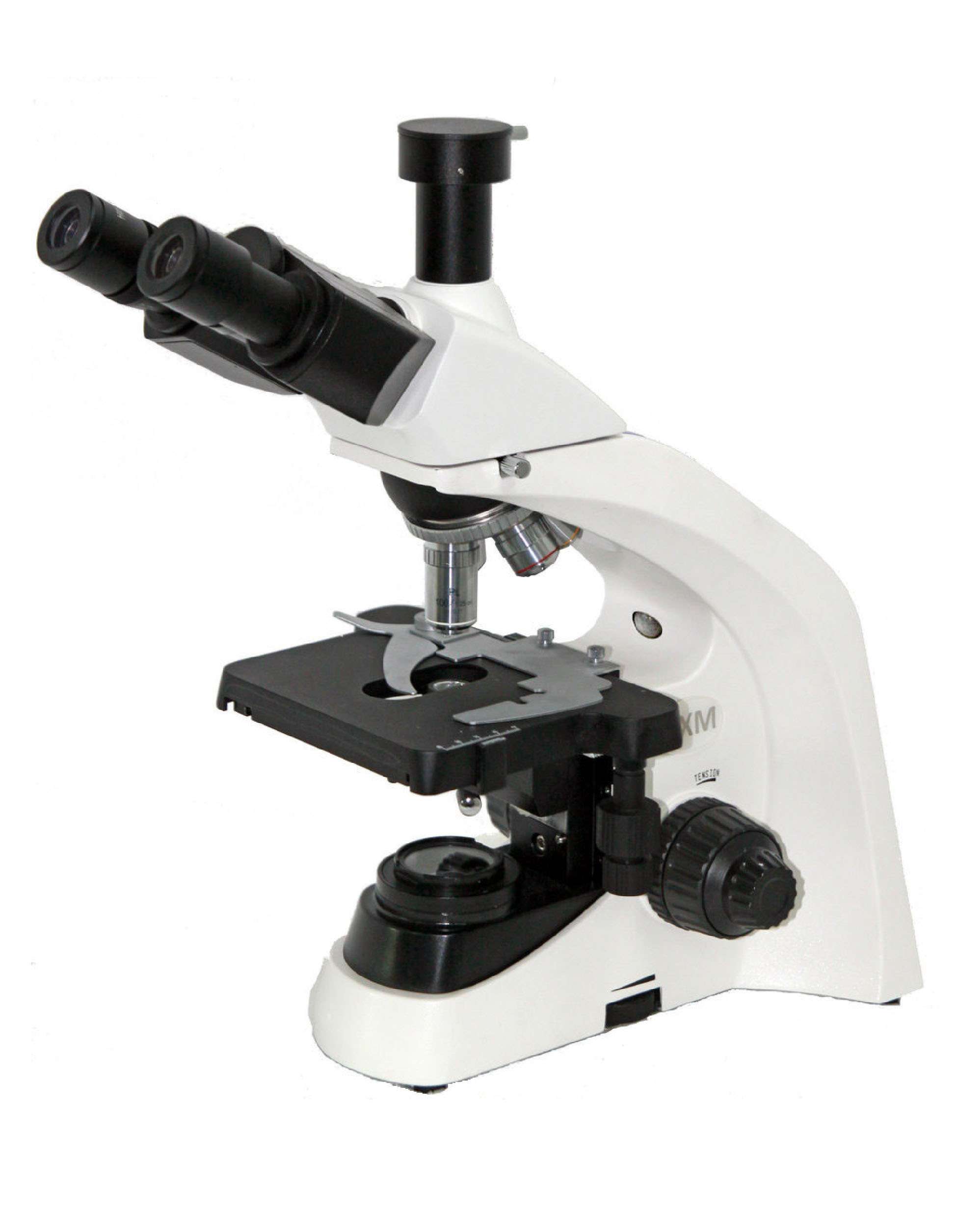
|
OUR MOST POPULAR, MODERN, UNIVERISITY TEACHING LEVEL MICROSCOPE – GREAT VALUE
Infinity, Plan Achromatic Objectives
4X,10X, 40X, 100X oil
Optional 2.5X, 60X objectives
Optional 10X, 20X, 40X, 100X oil and 100X dry Fluorite objectives
Widefield Eyepieces FN20
Fluorescence, Phase Contrast & Darkfield Options
|
Research Stand
Quadruple or Quintuple Nosepiece
Trinocular Head
Carry Handle
Enclosed Mechanical Safety Stage
Coaxial Coarse/ Fine Focus Knobs |
LED |
University Teaching |
|
ultraBIO-4
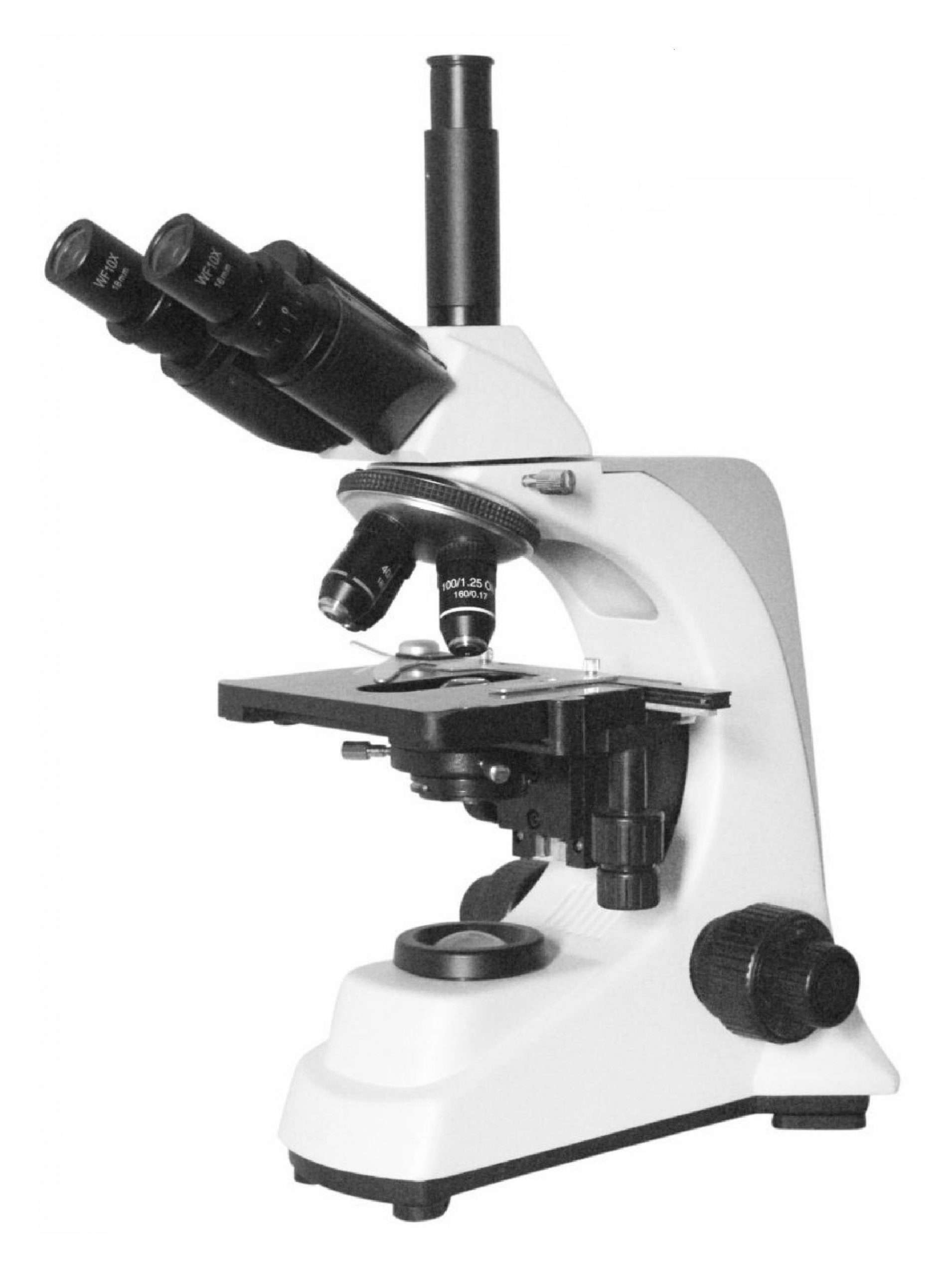
|
THE PERFECT, ROBUST, TOP QUALITY, ROUTINE MICROSCOPE
Infinity, SPlan Achromatic Objectives
4X, 10X, 40X, 100X oil
Optional 20X, 60X
Widefield Eyepieces FN20
Phase Contrast & Darkfield Options
(Optional Plan Achromatic) |
Compact Easy-Carry Stand
Quadruple Nosepiece
Trinocular Head
Carry Handle
Mechanical Stage
Coaxial Coarse/ Fine Focus Knobs |
LED |
Routine |
| ultraBIO-3
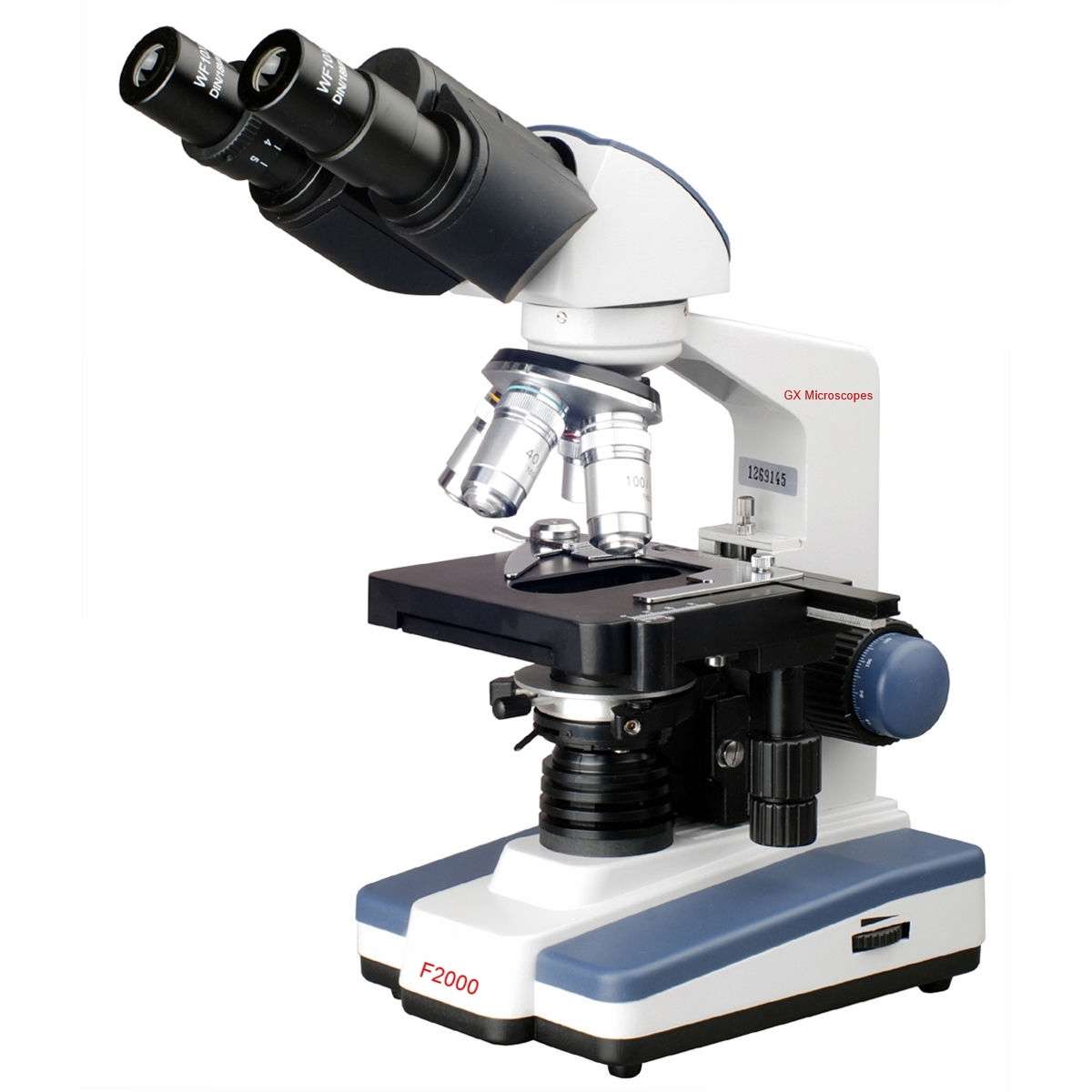
|
THE LOWEST PRICED BINOCULAR MICROSCOPE, OUTSTANDING VALUE, PORTABLE OPTION.
Achromatic Objectives
4X, 10X, 40X, 100X oil
Widefield Eyepieces FN18
Battery Powered Option |
Compact Stand
Quadruple Nosepiece
Binocular Head
Mechanical Stage
Coaxial Coarse/ Fine Focus Knobs |
LED |
Student/Routine |
| ultraBIO-2
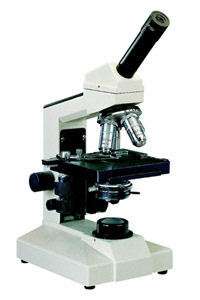
|
REALLY GOOD QUALITY OPTICS, EXCELLENT MECHNICAL STAGE & ROBUST STUDENT MICROSCOPE
Achromatic Objectives
4X, 10X, 40X, 100X oil
Widefield Eyepieces FN18
Battery Powered Option |
Compact Stand
Quadruple Nosepiece
Monocular Head
Mechanical Stage
Separate Coarse/ Fine Focus Knobs |
LED |
Student/Hobbyist |
|
ultraBIO-1
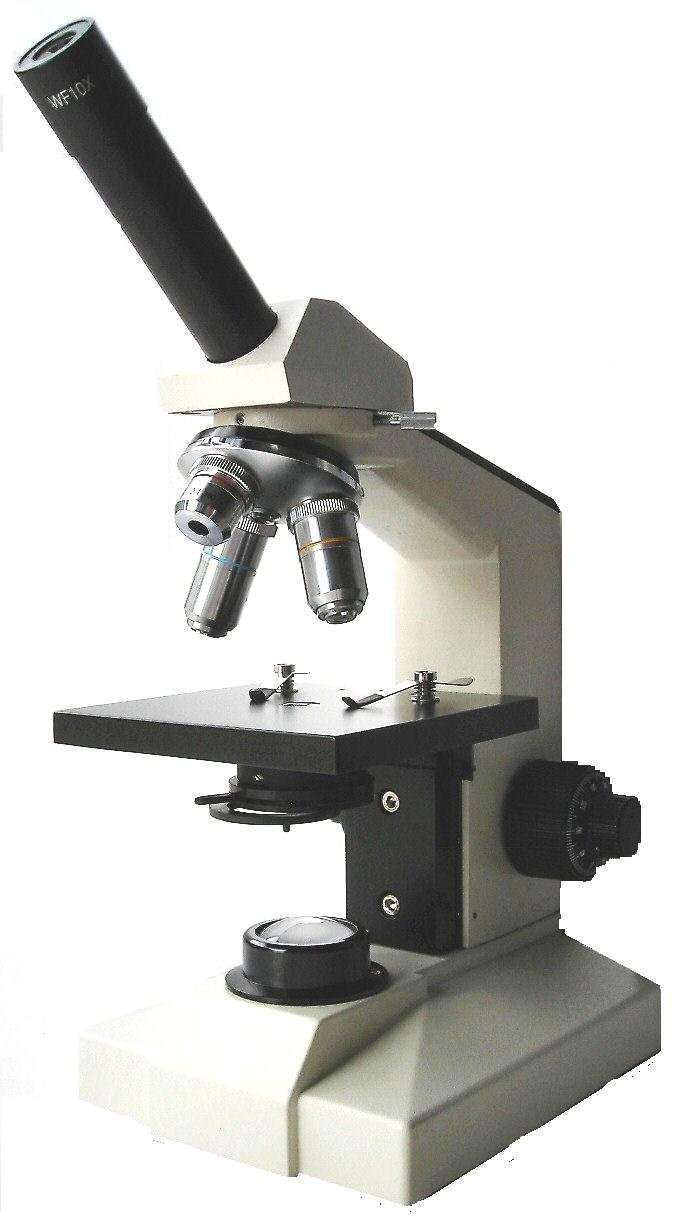
|
SUPERB VALUE FOR MONEY, GREAT OPTICS, EASY TO USE
Achromatic Objectives
4X, 10X, 40X
Optional 100X oil
Widefield Eyepieces FN18
Battery Powered Option |
Compact Stand
Triple Nosepiece
Monocular Head
Clip Stage
Coaxial Coarse/ Fine Focus Knobs |
LED |
Student/Hobbyist |

